About ARV
The overall aim of the EU-funded ARV project is to demonstrate and validate attractive, resilient, and affordable solutions that significantly speed-up deep energy renovations and deployment of energy and climate measures in the construction and energy industries. The project is working towards the implementation of climate-positive circular communities in Europe, focusing on net zero-emission buildings and neighbourhoods. ARV will provide guidelines and a policy framework for future energy-efficient, circular, and digital solutions in the construction industry.

Vision and Objectives
The vision of the ARV project is to contribute to speedy wide scale implementation of Climate Positive Circular Communities (CPCC) where people can thrive and prosper for generations to come. To achieve this, the ARV project employs a novel concept relying on a combination of 3 conceptual pillars, 6 demonstration projects, and 9 thematic focus areas.
The Three Pillars

Circularity has only recently begun to gain momentum in the construction sector, but is vital to sustainable development, as global consumption of materials is expected to double in the next forty years. As emphasized by the new EU Circular Economy Action Plan, the construction sector requires vast amounts of resources and accounts for about 50% of all extracted materials. The sector is also responsible for over 35% of the EU’s total waste generation. In ARV, we will address this challenge in a practical way, by focusing on efficient renovation and construction of buildings and by systematically applying the EU Circular Economy Principles for Buildings Design. This means that ARV will apply the key principles of circular economy, i.e. engaging all actors along the value chain in circular economy, exploit financial incentives and total life cycle costs, create viable business models considering the distribution of burdens and costs, enhance and apply appropriate tools and skills, and target durability, flexibility, adaptability, reuse, and recycling. Deep renovation of existing buildings is especially targeted. The use of digital tools is vital to achieving the cost, time, and simplicity targets. ARV will also boost the development and deployment of digital material banks/logbooks that track material use in existing and new buildings and their potential for reuse, coupled with cost and environmental indicators for embodied energy and emissions.
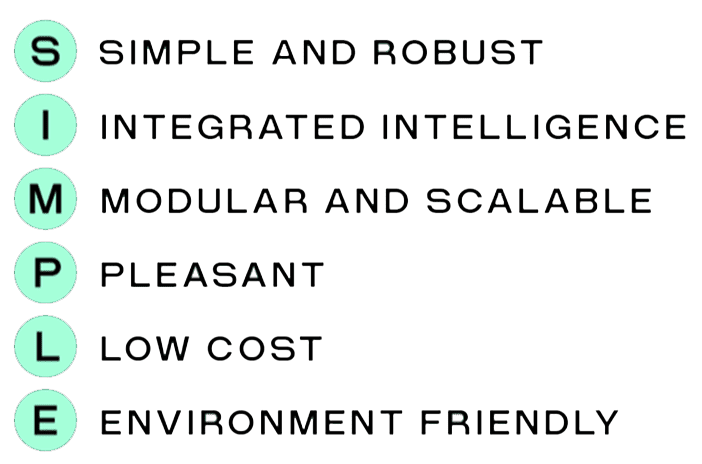
Simplicity. Addressing simplicity in the processes of planning, design, construction, and use of CPPCs, is very powerful in untangling the challenges towards their fast and widespread use. This is because simple solutions have several important advantages: 1) they are more robust, 2) they are easier to produce, 3) they have lower costs due to less materials use and simpler production processes, 4) they are easier to understand, use and operate, 5) they have lower life cycle energy use and emissions (if designed intelligently), and 6) they have lower risks. To be able to produce simple solutions, ARV will address several challenges experienced by the different stakeholders, from investors, public authorities, construction companies, and end-users. Complexity management is a key to producing simple solutions. ARV will manage this by the use of intelligence (digitalisation) in integrated planning, design, construction, and operation/use, as well as by showcasing resource efficient integrated construction and renovation workflows by employing intelligent industrialization and prefabrication.
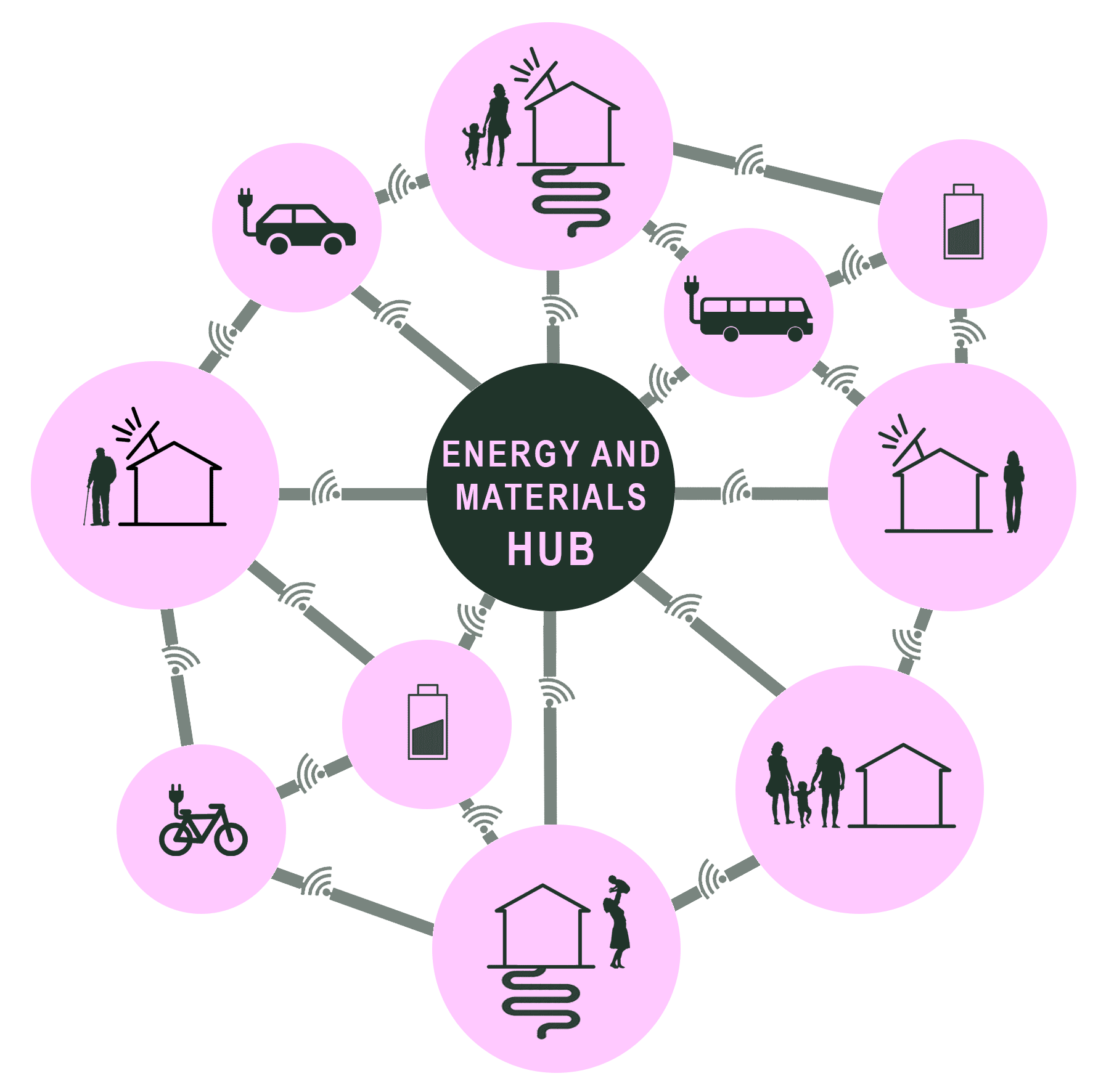
Integration means that we have to address several aspects in combination. It is not sufficient to make a very energy efficient building if nobody can afford it or if the indoor environment is not good. Architectural quality, affordability, and people's well-being are therefore vital aspects to address. In the ARV project, we address this by focusing on 3 different levels in combination: 1) people, 2) buildings, and 3) community energy systems. By focusing on people, we address the multitude of values of different stakeholders in the value chain, from end-users to manufacturers and financing institutions. ARV will engage community platforms for awareness raising, occupant engagement, and co-creation. When we demonstrate solutions for energy-efficient building designs, we show at the same time how the ARV buildings are integrated into its cultural and social environment in line with the New European Bauhaus vision. Finally, the users and buildings are smartly linked up to community energy systems and materials hubs for effective energy and resource management within and beyond the neighborhood. The concept of integration involves the integration of different stakeholders and expertise along the value chain of CPCC, and the use of novel ICT solutions to facilitate the integration between the different systems, the stakeholders, and the people in the community.

Circularity in ARV means a systematic way of addressing circular economy through automated use of LCA (Life Cycle Analyses), digital logbooks and material banks.

Simplicity in ARV means to make the solutions easy to understand and use for all stakeholders, from manufacturers to end-users.
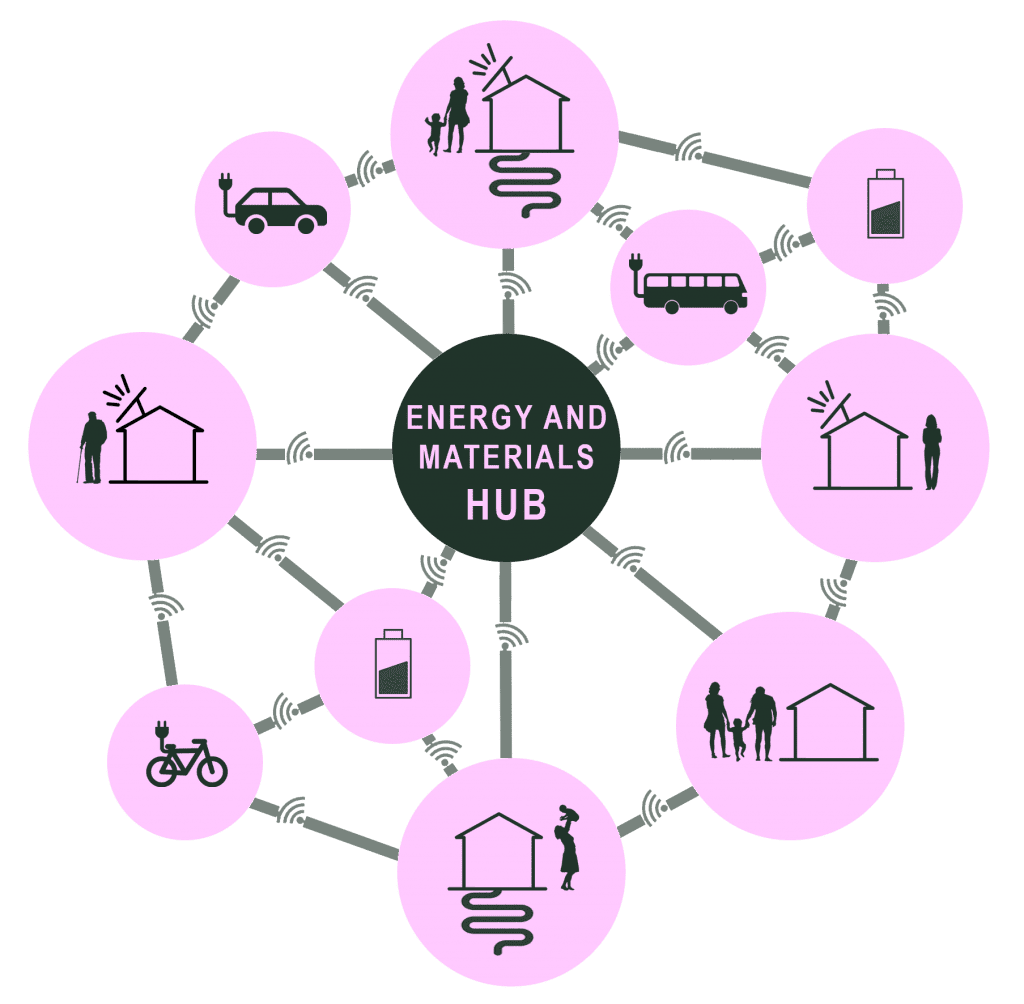
Integration in ARV means the coupling of people, buildings, and energy systems, through multi-stakeholder co-creation and use of innovative digital tools.
The 6 Demonstration Communities
The communities have been carefully selected to represent the different European climates and contexts, and due to their high ambitions in environmental, social and economic sustainability. Special attention was given to social housing and public buildings. They are located in Czech Republic, Denmark, Italy, The Netherlands, Norway, and Spain. Together, they will demonstrate more than 50 innovations in more than 150,000 m2 of buildings.
Check our dedicated page on the ARV demonstration communities here.
The 9 Thematic Focus Areas
The ARV project will deliver a blueprint for effective planning, design, construction, operation and use of CPCCs. Find below our diagram resuming the 9 thematic focus areas (in orange) and the actors involved in the ARV project.
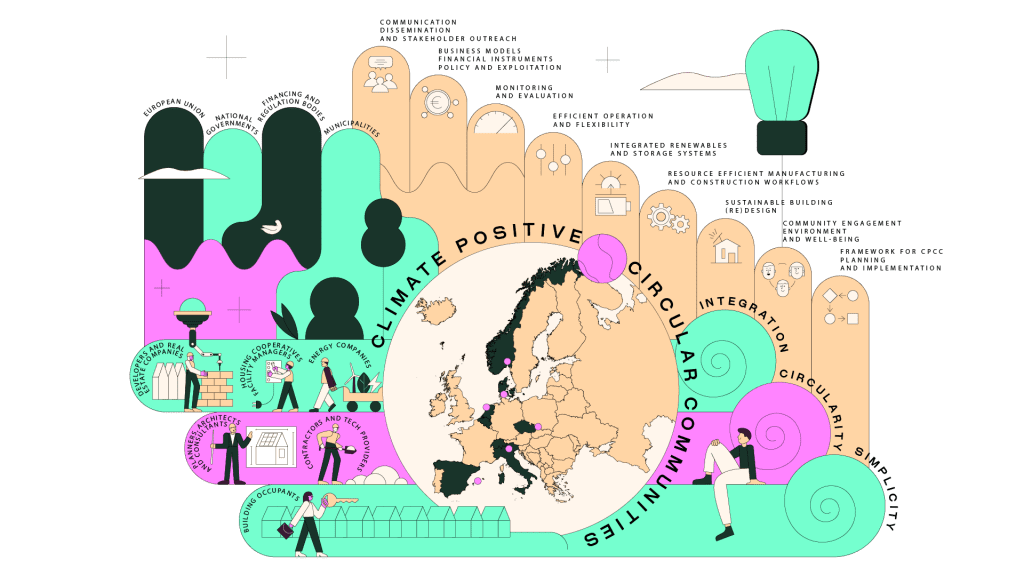
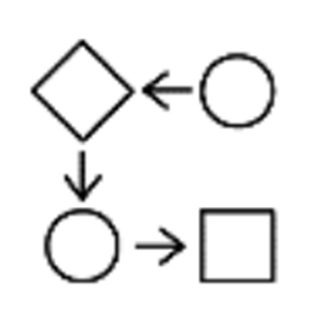
Demonstrate a replicable planning framework for efficient design and successful implementation of CPCC

Demonstrate smart and flexible operation of buildings and energy systems for secure, user-oriented, and cost-efficient energy performance
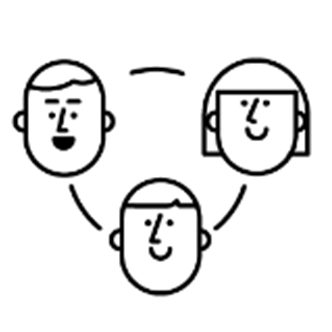
Demonstrate community engagement platforms for awareness raising, occupant insight and well-being, and co-creation

Monitor and validate the ARV solutions through secure and continuous measurements and evaluations of the demonstration activities
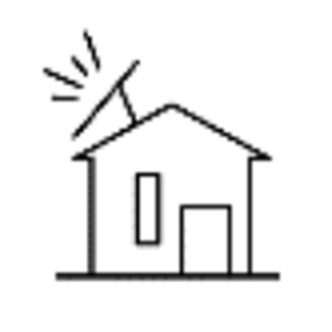
Design and demonstrate integrated circular buildings for high energy performance, low emissions, low cost, good indoor climate and high architectural quality
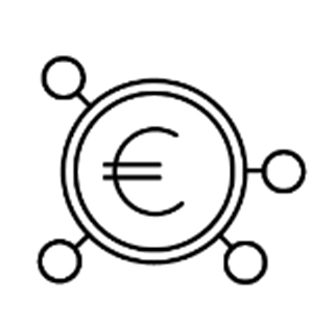
Facilitate speedy scale up of ARV innovations by addressing key policy incentives and regulations, and creating innovative and effective financing mechanisms, and business models

Demonstrate seamless construction/renovation processes for quick, simple, and efficient workflows

Communicate and disseminate activities carried out in ARV and engage stakeholders and accelerate the exploitation of the ARV solutions

Demonstrate innovative on-site energy generation and storage for renewable and local energy supply

Demonstrate a replicable planning framework for efficient design and successful implementation of CPCC

Demonstrate community engagement platforms for awareness raising, occupant insight and well-being, and co-creation

Design and demonstrate integrated circular buildings for high energy performance, low emissions, low cost, good indoor climate and high architectural quality

Demonstrate seamless construction/renovation processes for quick, simple, and efficient workflows

Demonstrate innovative on-site energy generation and storage for renewable and local energy supply

Demonstrate smart and flexible operation of buildings and energy systems for secure, user-oriented, and cost-efficient energy performance

Monitor and validate the ARV solutions through secure and continuous measurements and evaluations of the demonstration activities

Facilitate speedy scale up of ARV innovations by addressing key policy incentives and regulations, and creating innovative and effective financing mechanisms, and business models

Communicate and disseminate activities carried out in ARV and engage stakeholders and accelerate the exploitation of the ARV solutions
| Thematic focus area 1: Demonstrate a replicable planning framework for efficient design and successful implementation of CPCC | |
| Thematic focus area 2: Demonstrate community engagement platforms for awareness raising, occupant insight and well-being, and co-creation | |
| | Thematic focus area 3: Design and demonstrate integrated circular buildings for high energy performance, low emissions, low cost, good indoor climate and high architectural quality |
| | Thematic focus area 4: Demonstrate seamless construction/renovation processes for quick, simple, and efficient workflows |
| | Thematic focus area 5: Demonstrate innovative on-site energy generation and storage for renewable and local energy supply |
| | Thematic focus area 6: Demonstrate smart and flexible operation of buildings and energy systems for secure, user-oriented, and cost-efficient energy performance |
| | Thematic focus area 7: Monitor and validate the ARV solutions through secure and continuous measurements and evaluations of the demonstration activities |
| | Thematic focus area 8: Facilitate speedy scale up of ARV innovations by addressing key policy incentives and regulations, and creating innovative and effective financing mechanisms, and business models |
| | Thematic focus area 9: Communicate and disseminate activities carried out in ARV and engage stakeholders and accelerate the exploitation of the ARV solutions |
The overall aim of the ARV project is to boost the building renovation rate and to enable rapid and wide-scale deployment of CPCCs around Europe. ARV will facilitate a fast market uptake and cost-efficient replication of the CPCC concept, and thus significantly contribute to the full decarbonisation of Europe by 2050. The 9 thematic focus areas of ARV are aligned with the overall objectives of the call and are designed to reach the target values shown in the table below:
| Assessment Criteria | New Construction | Renovated Buildings |
| Energy | At least 50% reduction in energy needs compared to current country building code. Positive energy level based on primary energy | At least 50% reduction in energy needs compared to pre-renovation levels. At least nZEB standard. |
| IEQ | High levels of indoor environment quality according to EU norms. | At least 30% improvement compared to pre-retrofitting levels according to EN 16798-1:2019 |
| Noise & Dust Levels | According to the EU health, safety, and environment standards. | At least 30 % reduction in occupant disruption during retrofitting compared to local current practice |
| Embodied Emissions | At least 50% reduction compared to local current practice | |
| Construction/retrofitting time | At least 30% reduction compared to local current practice | |
| Life Cycle Costs | At least 20% reduction for the community compared to local current practice | |
| Construction/retrofitting costs | At least 30% reduction compared to local current practice | |

Subscribe to our Newsletter
Want to know more about the new generation of climate positive circular communities (CPCC)? Sign up to our bi-annual newsletter (no spam guaranteed)!